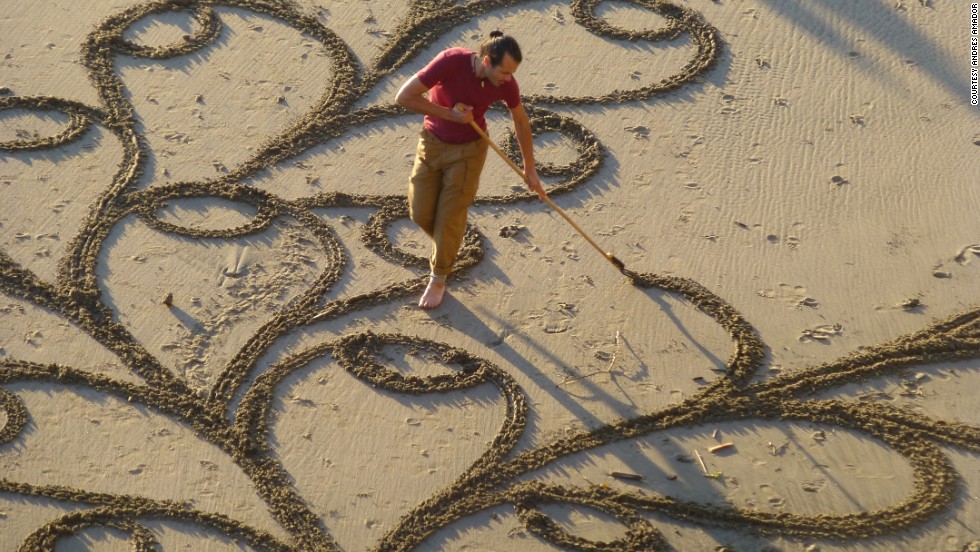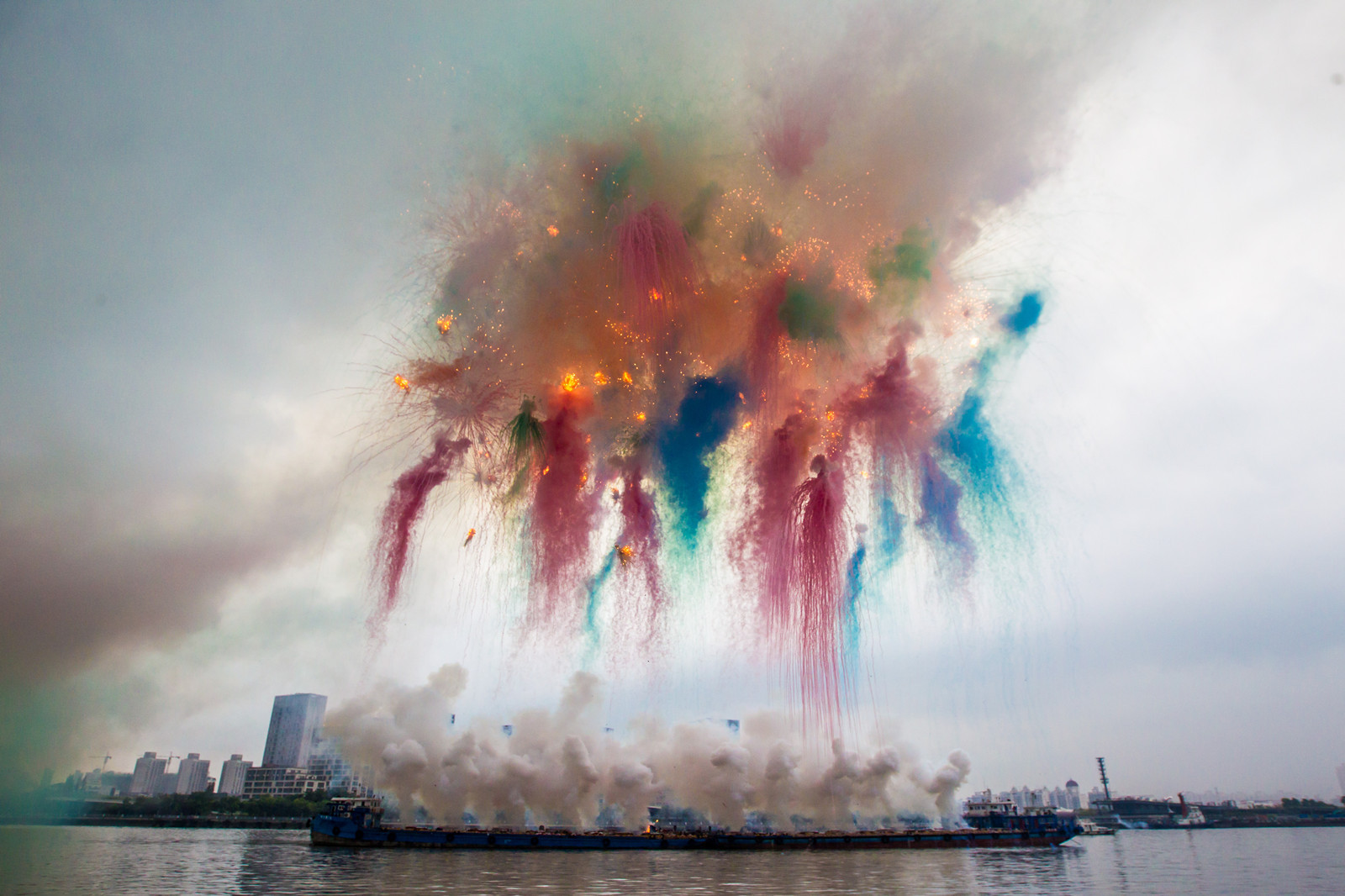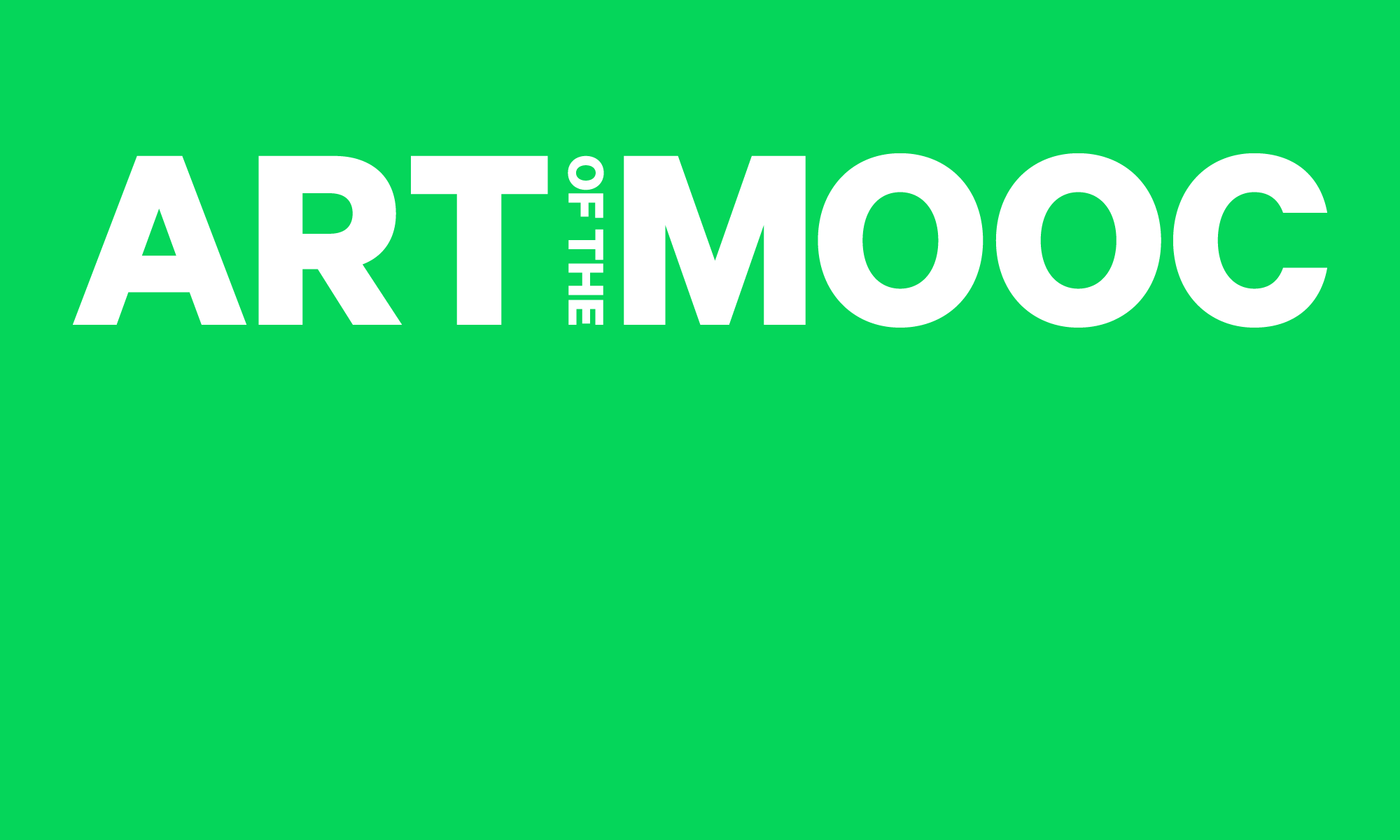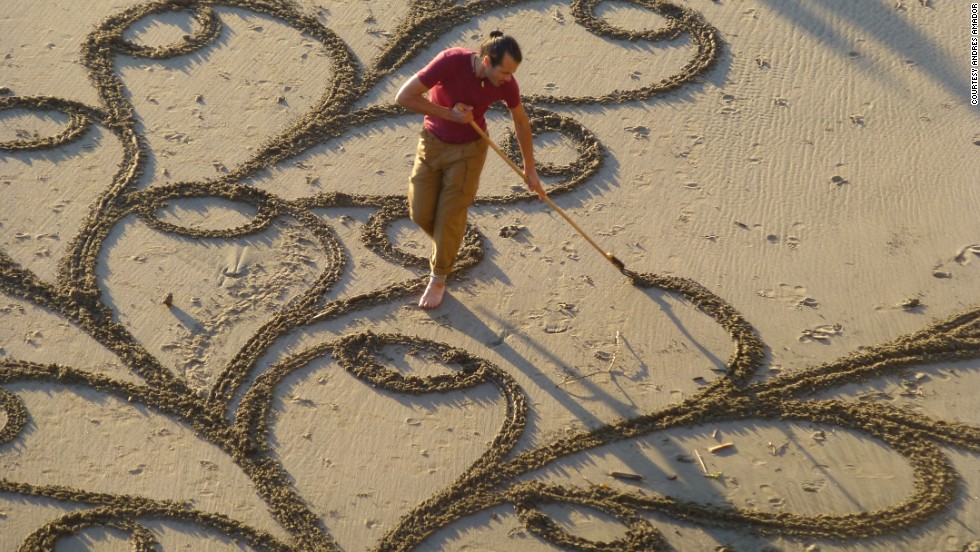
Art traditionally has been considered the works of the great hung in museums for present and future generations. Now, as modernization plays with that idea, more and more artists seeks to break those boundaries and revolutionize what art really is (browse this wiki’s entries for some ideas, especially those involving social action). However, even the idea of the art’s permanence is being challenged.
Consider the work of Andres Amador, a Sans Francisco born artist educated as an environmental scientist. After studying crop circle reconstructions, he was drawn towards ancient geometric art, and had the idea to draw art in beach sand. He spends many hours on these pieces, putting all his effort into making it look right. Then, at high tide, it’s all washed away.
“Ultimately, when it is finished, I let it go,” Amador says. “For me the energy and draw is around the act of creation.”
This idea that art is instead an act raises questions about how art then is meant to be appreciated. Is it an act, then, for the audience to appreciate it? Does the impermanence of the art encourage an active engagement of the audience with the art?
Consider another artist, Cai Guo-Qiang, known for his elaborate and gorgeous firework displays.

These art pieces can never be appreciated in person ever again, and that’s powerful; it defines the art. What it means for the art may have critics divided, but we can all agree that it’s another facet of art that begs for more exploration.
One aside to think about however is that these art pieces are technically preserved. Yes, they may never be experienced again in person, but there are countless photographs and videos that chisel these pieces into stone. It’s not the original experience, but one may argue that it’s simply a different experience.
Think about things you’ve seen that you’ll never see again–and how much of it would you call art?

